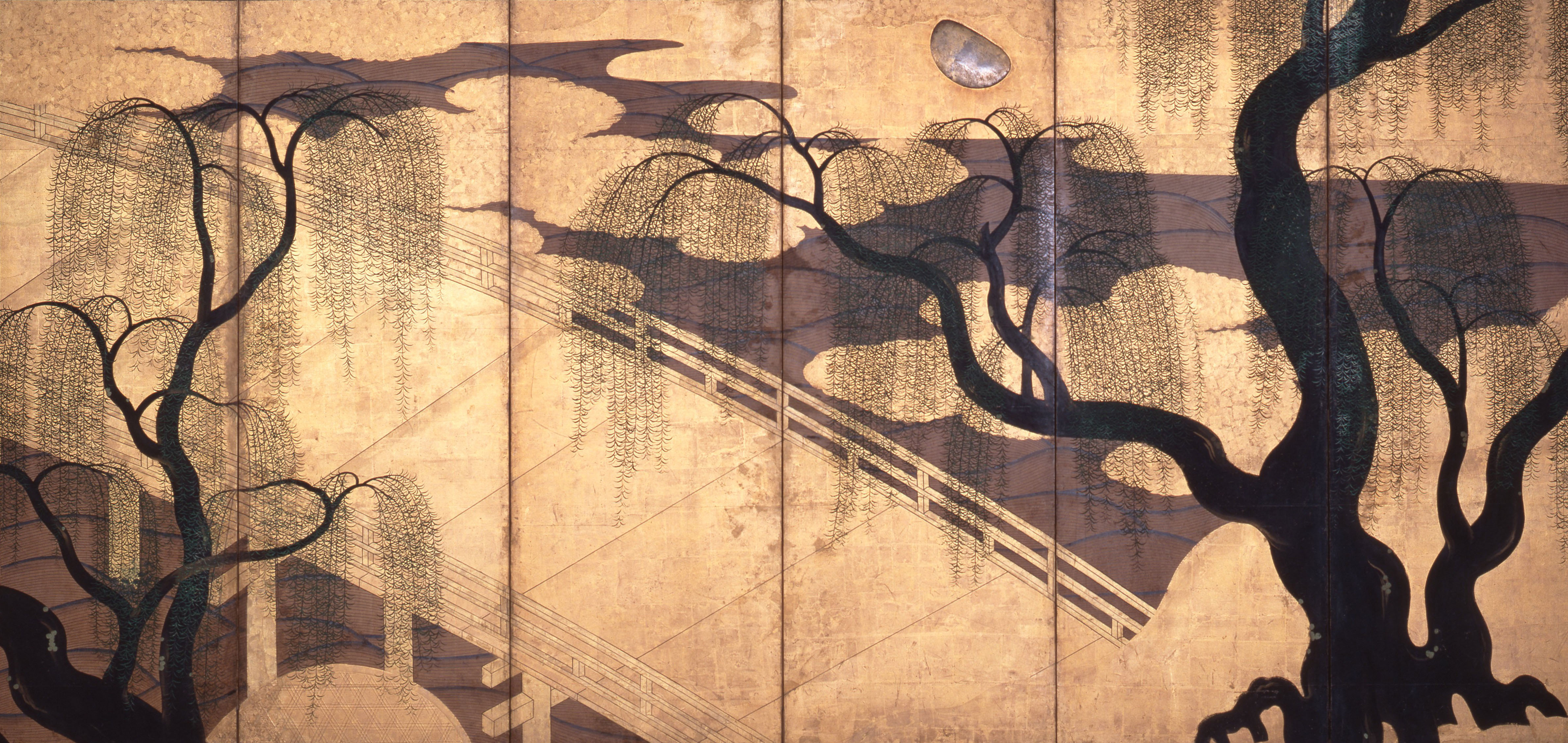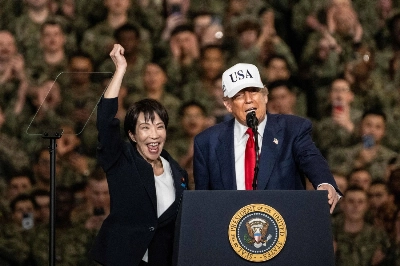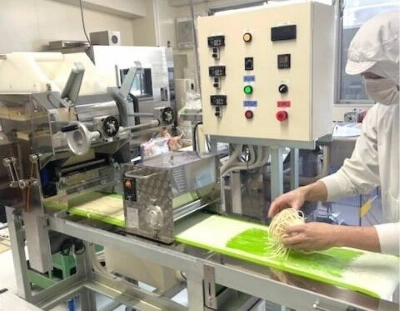Most of us understand bridges to be structures that help us keep our feet dry. However, in the latest exhibition at the Mitsui Memorial Museum, "The Bridge in Japanese Art: From Ama-no-Hashidate to Nihonbashi," it turns out that we've only been partly right. The bridge is also a device to help us see Japanese art better.
You might think that the clue is in the name of certain bridges. For example, because of its twin arches reflected in the placid waters below, the bridge at the main entrance of the Imperial Palace is called Megane Bashi, literally "Eyeglasses Bridge."
But that only looks like a large pair of glasses. What this exhibition is trying to do is use the concept of the bridge as a way of seeing and making sense of a diverse body of art spanning hundreds of years. The show includes rough-looking tea bowls, vivid ukiyo-e prints, gorgeous folding screens emblazoned with gold leaf, and luscious lacquered boxes, among other items.


















With your current subscription plan you can comment on stories. However, before writing your first comment, please create a display name in the Profile section of your subscriber account page.